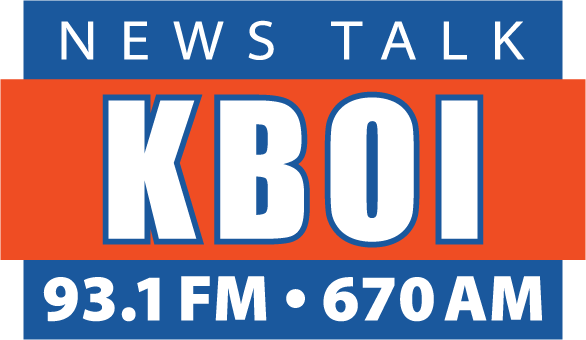Utah State University is this week’s Boise State football opponent. The school is located in Logan, Utah, and that’s where you can take a ride on the Aggie Bus.
The Aggie Bus was created three years ago to solve this problem: Electric cars are great, and they help you save money on gas, but their range isn’t that great. You can go until the battery runs out, but then you have to stop and recharge for several hours.
Not the Aggie Bus. The Aggie Bus is a first-of-its-kind electric bus capable of charging itself through wireless induction technology. It makes use of a high-power, high-efficiency wireless power transfer system which can transfer enough energy to quickly charge the bus during the time it takes to load and unload passengers.
The creation of the bus was funded by the Utah State University Research Foundation. The professors and students working on it have constantly improved the system over the past several years, and it now demonstrates a better-than 90 percent electrical transfer efficiency rating. So Utah State has demonstrated for the first time that electric vehicles can efficiently be charged with wireless technology.
In addition to that, the Aggie Bus is the world’s first passenger electric vehicle to combine three separate performance metrics: One, a power level up to 25 kilowatts, two, a greater than 90 percent efficiency rate, and three, a maximum misalignment of up to six inches.
What does all of that mean? I do not have the slightest idea. But I do know that the work done by Utah State University engineers, scientists and partners will eventually allow vehicles to simply drive over an electrical pad on the ground or imbedded in the ground to fully recharge their batteries. Put one at every bus stop, and you never have to turn off the bus. That’s what they’ve already done in Geneva, Switzerland, where city buses can recharge enough at the bus stop in just 15 seconds to keep going for an hour. And if you want to fully recharge the battery from zero to maximum energy, you can do that in a little less than five minutes.
If that topic is a little too boring for you, here’s something else they’ve been doing at Utah State: They’ve created a dragster called the Aggie A-Salt Streamliner that recently broke a land speed record. Not the overall land speed record of several hundred miles per hour, but the land speed record for a one-litre engine. The Aggie A-Salt Streamliner was able to hit 65.3 miles per hour. That doesn’t seem impressive until you realize that the vehicle didn’t use any gasoline, any diesel fuel or even any electricity. It was powered by cheese, or at least a new bio-diesel product made from yeast derived from the industrial waste of cheese production.
And cheese production is another thing that happens on the Utah State campus in Logan. At Utah State you can get a bachelor’s degree in nearly 200 subjects, and one of those is dairy production. The school began as an agricultural college, which explains the team name “Aggies”, and since its beginning the campus has had a full working dairy that packages milk and manufactures cheese and ice cream.
The good news for Boise State fans is that nothing the Utah State science department has manufactured has made Aggie football players faster.
But for those of you who remember last year’s game between the Broncos and Aggies, you know that wasn’t necessary anyway. When your opponent turns over the ball eight times, including seven times in the first half, you can probably walk all day and still win.
Boise State’s motto for this weekend? Just don’t drop the ball.








